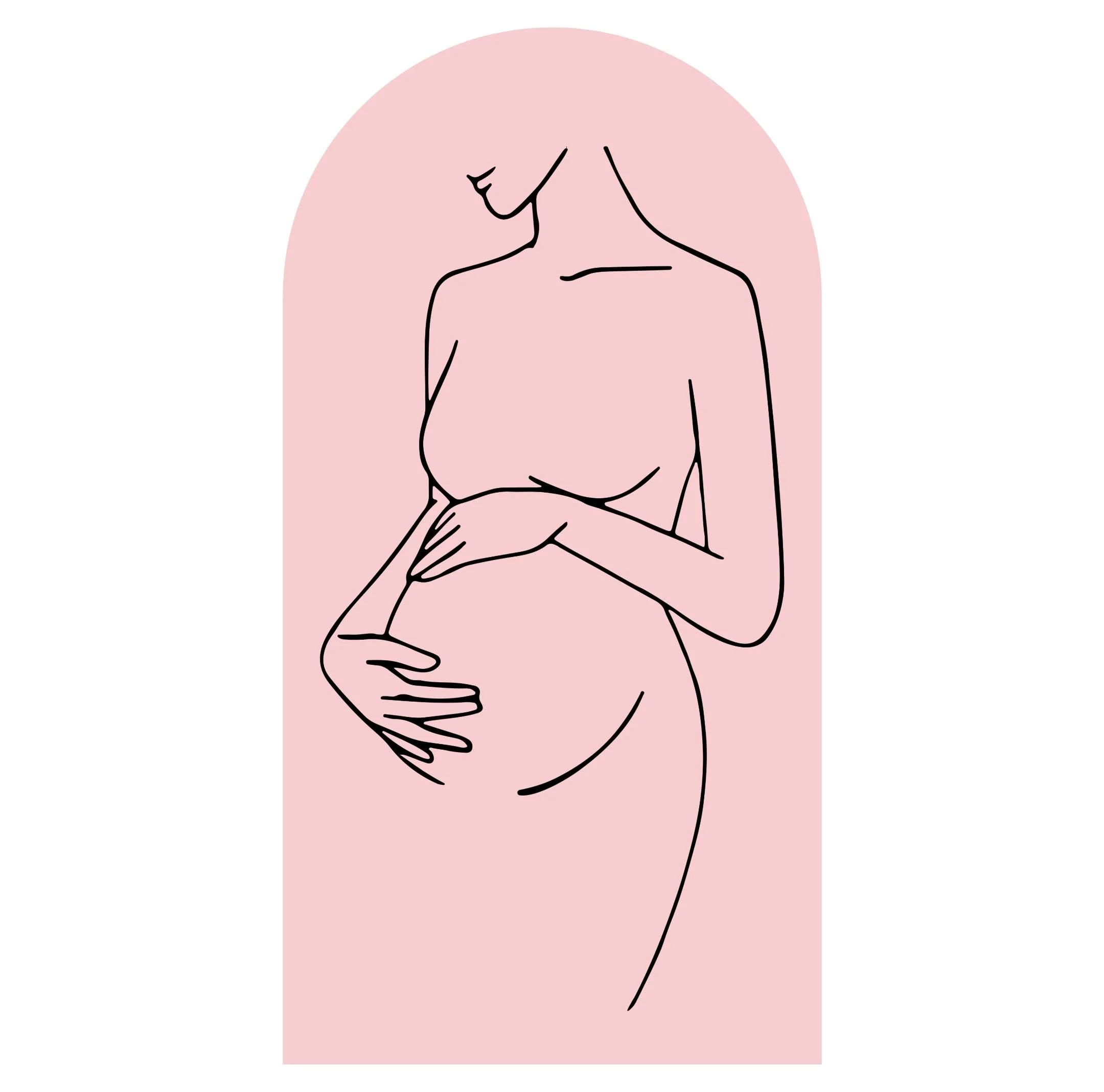In today’s urban landscape, gender and sexuality are often influenced by the environments we navigate. This idea becomes particularly salient when considering the impact of street harassment on women’s identities. As urban life unfolds, many women alter their appearance and behavior to dodge unwanted attention, leading to a complex interplay between gender expression and safety.
Changing Appearances and Identities
Take, for instance, the experiences of women who may dress in a way that doesn’t reflect their true selves simply to avoid harassment. Some adopt a more masculine appearance as a form of defiance against the notion that public spaces are reserved for heterosexual individuals only. Others may also embrace new gender identities while transitioning to different sexual orientations.
The Impact of Street Harassment
Recently, a video released by a group called Hollaback highlighted the relentless nature of street harassment, showcasing a woman being approached 100 times in a single day. Dr. Lisa Bennett, a researcher at the Urban Institute, points out the myriad of strategies women deploy to protect themselves. These may include wearing sunglasses or earbuds, focusing on their phones, or keeping their hair hidden. The list of protective tactics goes on!
Dr. Bennett emphasizes that this constant barrage of harassment, particularly in bustling cities, reshapes how women perceive their own gender and sexuality. This urban experience can lead women to adopt a new queer identity as a defense mechanism. “Women often adjust their clothing, makeup, and body language to shield themselves, which can significantly alter their interactions with men they might be interested in,” she explains. Consequently, their dating experiences and relationships can be profoundly affected.
Urban Sexuality and Trauma
What’s more, this “urban sexuality” emerges partly as a response to trauma. It’s a common misconception that a history of harassment leads directly to a change in sexual orientation, but the reality is much more intricate. For many women, exploring their sexual identity becomes a means of coping with the cumulative effects of street harassment and other forms of violence. Women may conclude that relationships with other women feel safer, and this shift can lead to a more positive body image, where queer women often celebrate each other’s bodies more than their male counterparts do.
The Spatial Aspect of Gender
In essence, Dr. Bennett argues that the concept of gender is heavily influenced by space—where a woman lives can affect her sexual identity. “While social sciences recognize that gender is expressed through clothing and behavior, there’s also a significant spatial aspect to how gender and sexuality are formed through urban interactions,” she states.
If you’re interested in exploring more about family building options, this resource from Resolve offers excellent insights. And for those looking into home insemination techniques, check out this guide on artificial insemination kits that can help you on your journey.
In summary, street harassment is not just an issue of safety; it’s a defining factor in how many women experience and express their gender and sexuality. As urban environments shape identities, the strategies women employ to navigate these spaces also influence their relationships and self-perception.
